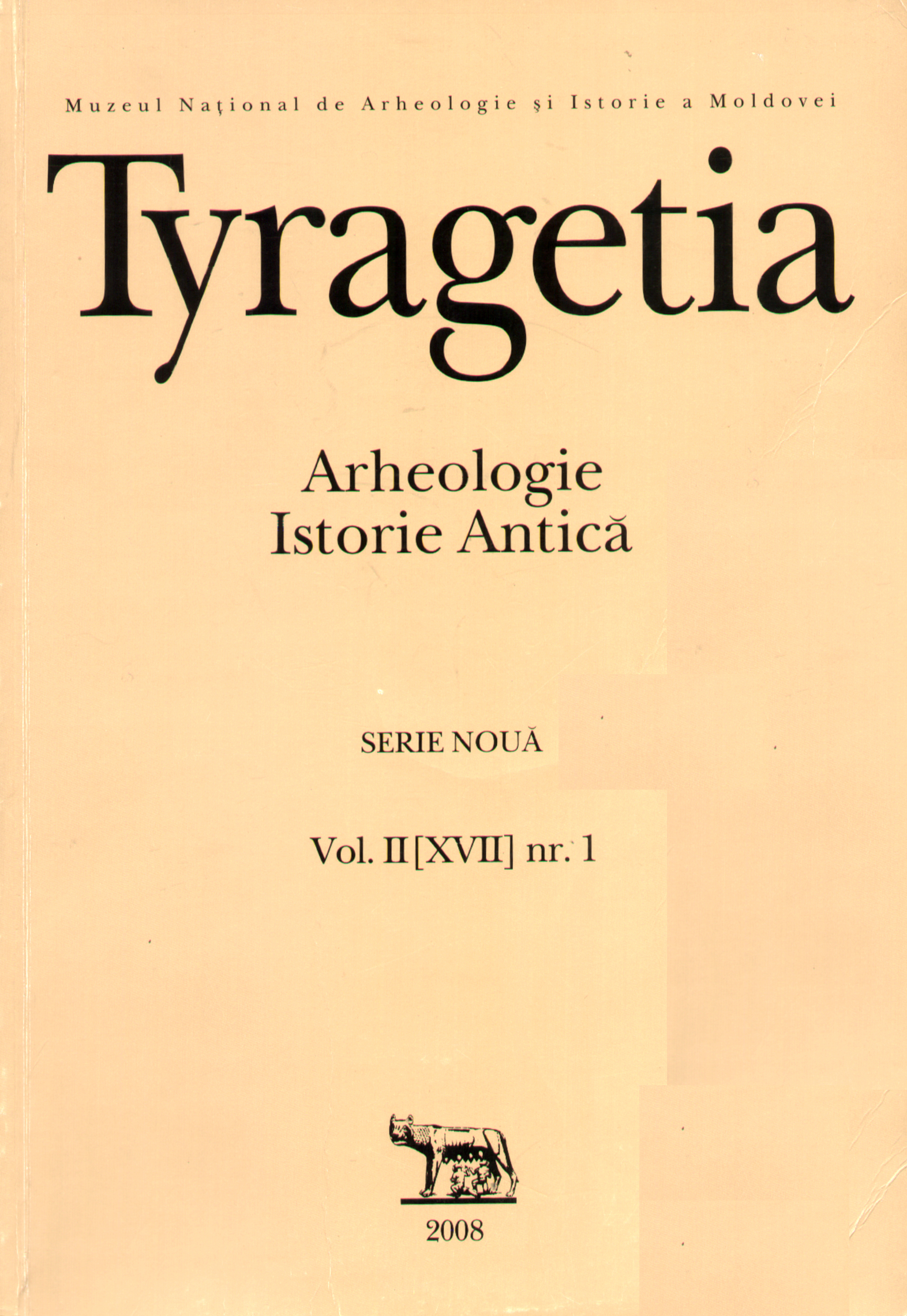К вопросу о круге памятников Единецкой культурной группы
Toward the definition of the Edinets archaeological group
Author(s): Tatiana I. DemcencoSubject(s): Archaeology
Published by: Muzeul Naţional de Istorie a Moldovei
Keywords: Prut-Dniester area; Edinets archaeological group
Summary/Abstract: The Prut-Dniester area was a contact zone of various genetically unrelated archaeological cultures of Eastern, Central and South Eastern Europe in the early Bronze Age. One of these was the Edinets group which was first identified in 1972, and which has been considered a separate archaeological entity since 1974. Notwithstanding several decades of research the history of this group remains at best obscure.The group is safely localised in a compact area on the left bank of the Middle Prut on a forest-steppe plateau, and is primarily represented by funerary monuments – burial grounds and a kurgan - which are few in number. The burials are characterised by a complex funerary rite: both inhumation and cremation are attested, and the usage of a large amount of stones for construction of burial pits is worthy of note. The inventory found in the funerary complexes varies; the most representative is a collection of two-handle bowls.The study of the artefacts revealed by several years of excavations at Izvorul lui Luca, on a multi-layer settlement near the village of Trinca, allowed to segment a collection of ceramics and equipment, which, as the results of its morphological and technological analysis shows, belongs to the Edinets group. This observation points to a possibility of locating here a settlement of the Edinets group as well. It is worth noting the unique find of a two-handle bowl analogous to that of the Edinets culture at the edge of a kurgan near the village of Burlăneşti.The emergence of the Edinets archaeological monuments is due to a migration of a small group of people from the West, i.e. the Carpatian/Danubian area. Both in the funerary rite and in various categories of equipment it shows close affinities with certain archaeological groups of the Carpatian basin. The stratigraphy suggests a dating back to the end of the III – first quarter of the II millennium BC.
Journal: Tyragetia (Serie Nouă)
- Issue Year: II/2008
- Issue No: 1
- Page Range: 189-203
- Page Count: 15
- Language: Russian

